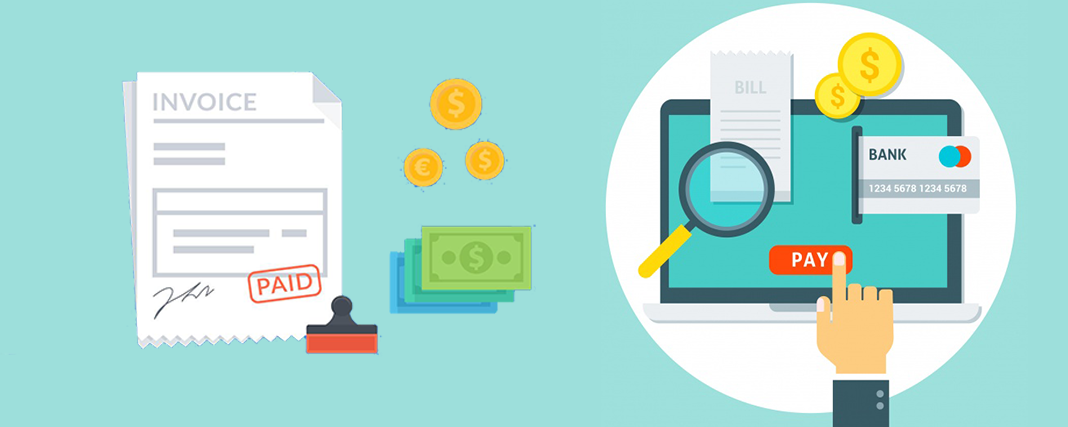
Subscription billing has become the primary way for SaaS companies to bring in revenue, and for good reason. Subscription billing simplifies the customer journey, improves the user experience, and allows you to better manage your business by reducing overhead costs. This vertical has been growing like wildfire thanks to many factors that make it an ideal model for software companies looking to raise capital or expand their reach. However, before you get into how this trend has affected B2B companies and what it means for your business, let’s take a look at how subscription billing has evolved in recent years.
Subscription billing simplifies the customer journey
Subscription billing is a way to simplify the customer journey. It allows you to offer customers one-off payments, a monthly or annual payment, and even cancel at any time without penalty. This can be useful if you’re looking to attract more customers through ease of use and affordability.
It also provides a simple way for your clients to pay for their subscription in one go, rather than having multiple recurring invoices each month or year (which can get confusing).
The growth of SaaS requires more sophisticated subscription billing solutions
SaaS is growing fast. As a result, more and more companies are adopting the SaaS business model. This means that more and more businesses have to manage their subscription billing. The growth of SaaS requires the need for sophisticated subscription billing solutions that can accommodate a large number of customers, provide visibility into customer usage patterns, and predict future revenue.
Subscription billing solutions are getting more sophisticated. There’s a reason why companies like Microsoft, Oracle, and Salesforce are providing access to their software through subscription billing. It helps them sell more SaaS subscriptions to their customers and earn a bigger cut of the revenue. It’s increasingly common for large enterprises to use an enteprise software-as-a-service (SaaS) subscription billing solution instead of building their own.
The importance of effective subscription management tools
It’s no secret that customer data is crucial to any business. That said, it’s important to know where you can find this information and how it can be used effectively. With good subscription management tools, you’ll be able to see what your customers have bought in the past, how often they use your products and other metrics that can help you with future sales and product development.
These types of software offer various features that allow you to manage all aspects of your subscriber base in an efficient way. Whether it’s managing memberships or billing invoices on behalf of subscribers, these systems are designed with flexibility in mind. This means that they don’t limit the types of information needs that may arise in different industries or across different types of platforms within those industries such as with ecommerce sites, digital magazines subscriptions, or online courses.
More so, pricing plays a major role when it comes time for companies to look into subscriptions as opposed to one-off purchases for specific products or services offered by competitors online. However, many companies still struggle with figuring out how much they should charge per month. This especially true if they’re new to offering subscriptions versus traditional purchase options.
Recurring billing plays a much more prominent role in SaaS
Subscription billing is a growing trend among software as a service (SaaS) providers, and for good reason. The recurring revenue model is an efficient way for companies to grow their businesses and generate profits over time, which makes it a highly attractive business model for investors and customers alike.
In addition to being more profitable, subscription billing also gives companies greater flexibility when it comes to product pricing. To maximize profitability from each customer relationship, SaaS providers can offer different types of subscriptions that address different needs within the same market segment. For example, some organizations might want all-inclusive plans with all the bells and whistles at premium prices, while others might prefer lower-cost access to core features bundled together into one package. Still, others may even purchase individual modules depending on what they need at any given time.